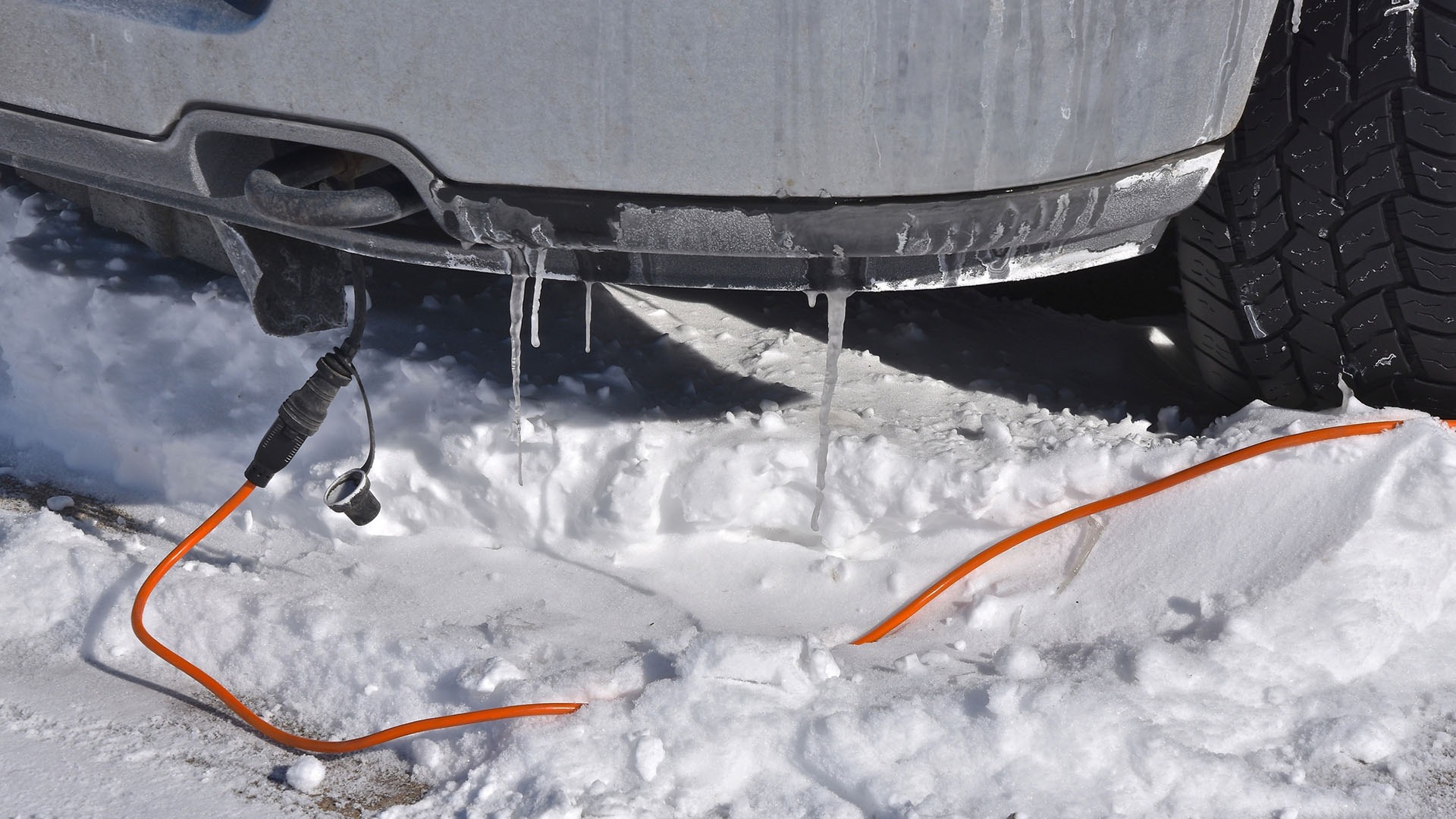Cold weather conditions present serious challenges to vehicle performance, especially during early morning starts. When temperatures fall below freezing, engine oil thickens and battery performance weakens, making it harder for engines to turn over.
For trucks, which rely on powerful engines and are often expected to perform under demanding conditions, starting reliability is crucial.
That is why some trucks come with engine block heaters, which are designed to warm the engine coolant or oil so the engine can start easily during very cold conditions. These devices help prevent wear and reduce the time it takes for the engine to reach operating temperature.
On the contrary, not all truck models are built with this type of support. Some rely on their raw engine design and battery strength to handle cold starts.
Trucks without this cold-start support might struggle during freezing temperatures, especially in regions where winter lasts for months. They may take longer to start or even fail to start altogether if the engine has cooled too much.
This page matches five truck models equipped with factory-installed engine block heaters to five trucks that lack such support. Each section covers a detailed breakdown of the vehicle’s design, engine capability, winter starting performance, and whether or not it benefits from features that improve cold-weather reliability.
By the end of this comparison, the goal is to provide a well-rounded view of how these trucks operate under harsh winter conditions and whether having an engine block heater makes a meaningful difference in practice.
Let us begin with trucks that come equipped with engine block heaters before we move to those that do not include cold-start assistance features.
5 Trucks with Engine Block Heaters
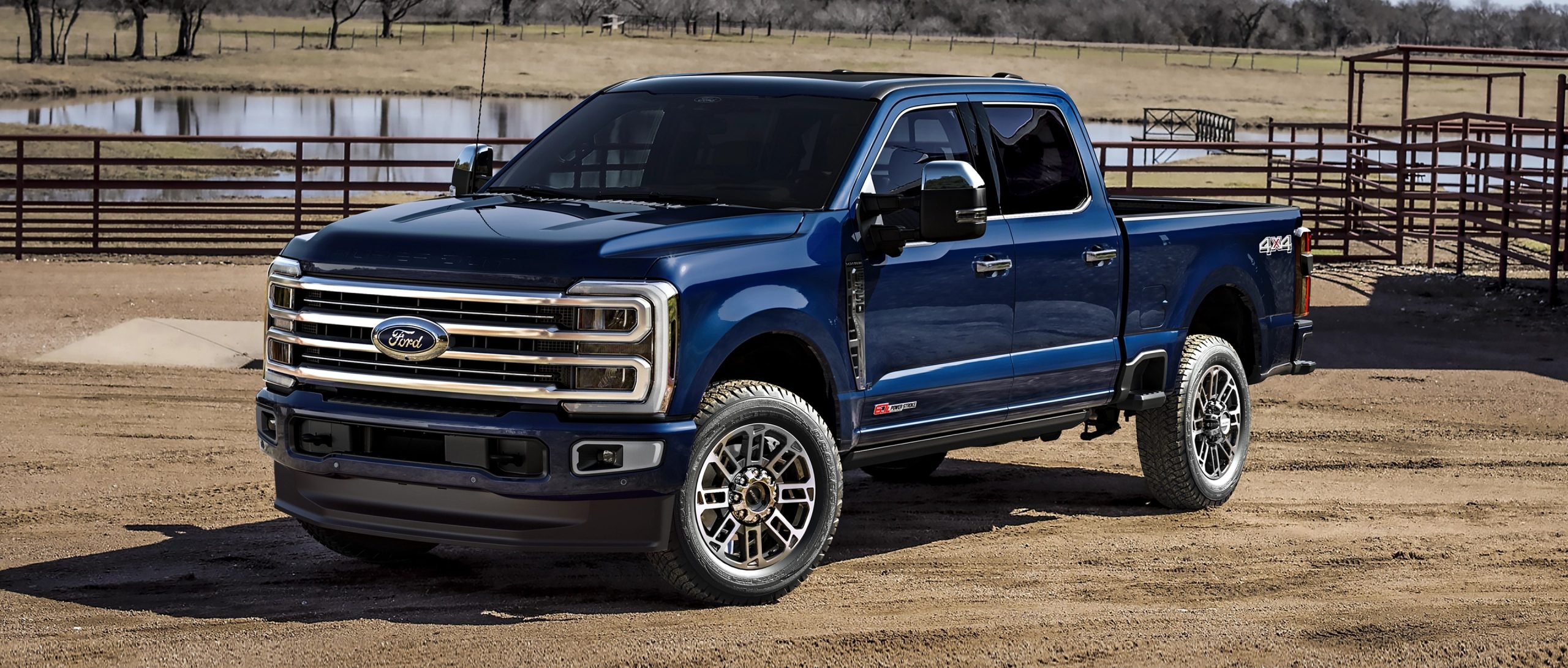
1. Ford F-250 Super Duty
The Ford F-250 Super Duty is widely recognised for its strength and heavy-duty capability. This full-size pickup truck is often selected for work in demanding environments, including cold weather regions.
Ford includes an engine block heater as a standard or optional feature, depending on the trim. This addition becomes especially useful during frigid mornings when the engine would otherwise struggle to warm up quickly.
Powered by a 6.7-litre Power Stroke V8 turbo diesel engine or a 7.3-litre V8 petrol engine, the F-250 packs serious performance. Both engines are engineered to deliver excellent torque, but the diesel engine benefits more from the engine block heater since diesel engines are generally harder to start in freezing conditions.
The heater works by warming the engine coolant, which then radiates warmth throughout the engine block. This makes it easier to start the engine and reduces the load on the battery during ignition.
The heater is connected to an external plug located near the grille, allowing drivers to plug it into a standard power outlet overnight. When active, the heater shortens the cranking time and ensures that oil flows properly upon start-up. For fleet operators or workers in sub-zero environments, this feature proves very helpful in reducing downtime and wear.
Another aspect to appreciate is that the block heater helps prevent thickening of oil, which is a common issue during extreme cold. If oil becomes too thick, it might not circulate fast enough, leading to poor lubrication. Ford’s attention to such practical features shows the truck’s focus on reliability beyond simple performance numbers.
For people living in regions where temperatures drop below freezing regularly, the Ford F-250 Super Duty offers peace of mind. With its engine block heater, it becomes a more dependable choice for anyone looking for consistent performance in winter without sacrificing power.
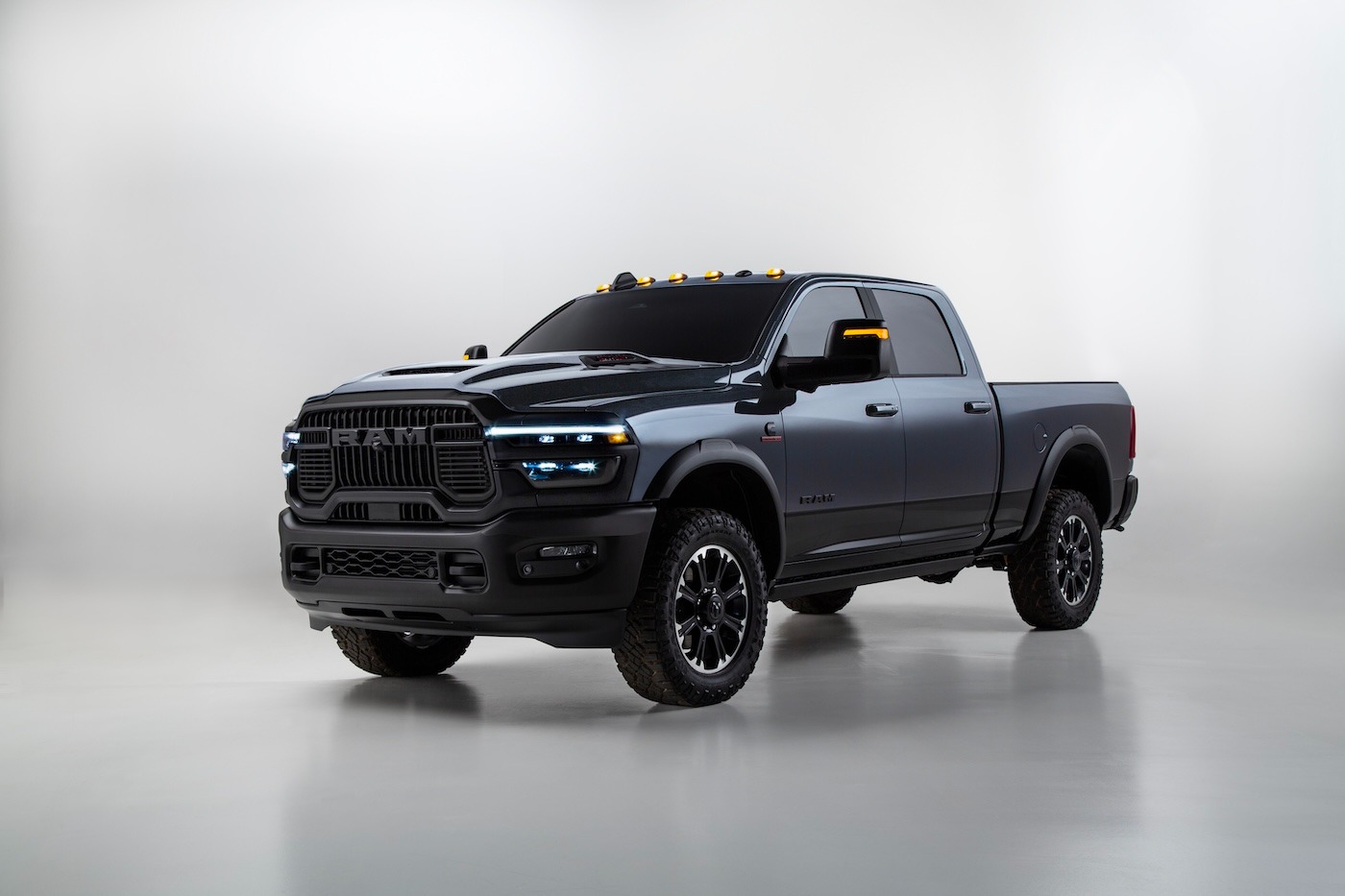
2. Ram 2500 Heavy Duty
The Ram 2500 Heavy Duty is another truck that takes cold-weather operation seriously. Known for its strong towing capacity and comfortable ride, the Ram 2500 comes with a factory-installed engine block heater when equipped with its 6.7-litre Cummins turbo diesel engine. This engine is powerful and efficient, but like most diesel engines, it benefits greatly from pre-heating.
When the heater is plugged in, it warms up the coolant and, by extension, raises the entire temperature of the engine block before start-up. This small increase in temperature can be enough to allow the engine to fire up quickly, even in sub-zero conditions
Starting a diesel engine in the cold without this feature often requires longer cranking, which drains the battery and wears the starter. The block heater reduces both of these issues.
Another advantage is smoother idling during the first few minutes of operation. Without pre-heating, the engine might rattle and vibrate excessively while warming up. With the heater in place, combustion stabilises faster, allowing the truck to reach peak performance sooner. This is very helpful for fleet use, where time is money.
Ram includes a power cord that connects easily to an outlet, so drivers can prepare their truck overnight. This ensures minimal delay in the morning. The heating element is designed to withstand cold temperatures over long durations, so it continues to function season after season.
Apart from the mechanical benefits, the driver experiences greater comfort since the cabin can be heated more quickly. When the engine warms up faster, the climate control system also becomes effective more rapidly, which is a big deal in freezing temperatures.
For buyers who expect to use their trucks through tough winters, the Ram 2500, with its engine block heater, delivers excellent support for dependable starts and reduced strain on critical components.
Also Read: 5 Cars With Legendary Battery Life and 5 That Need Jumping Weekly
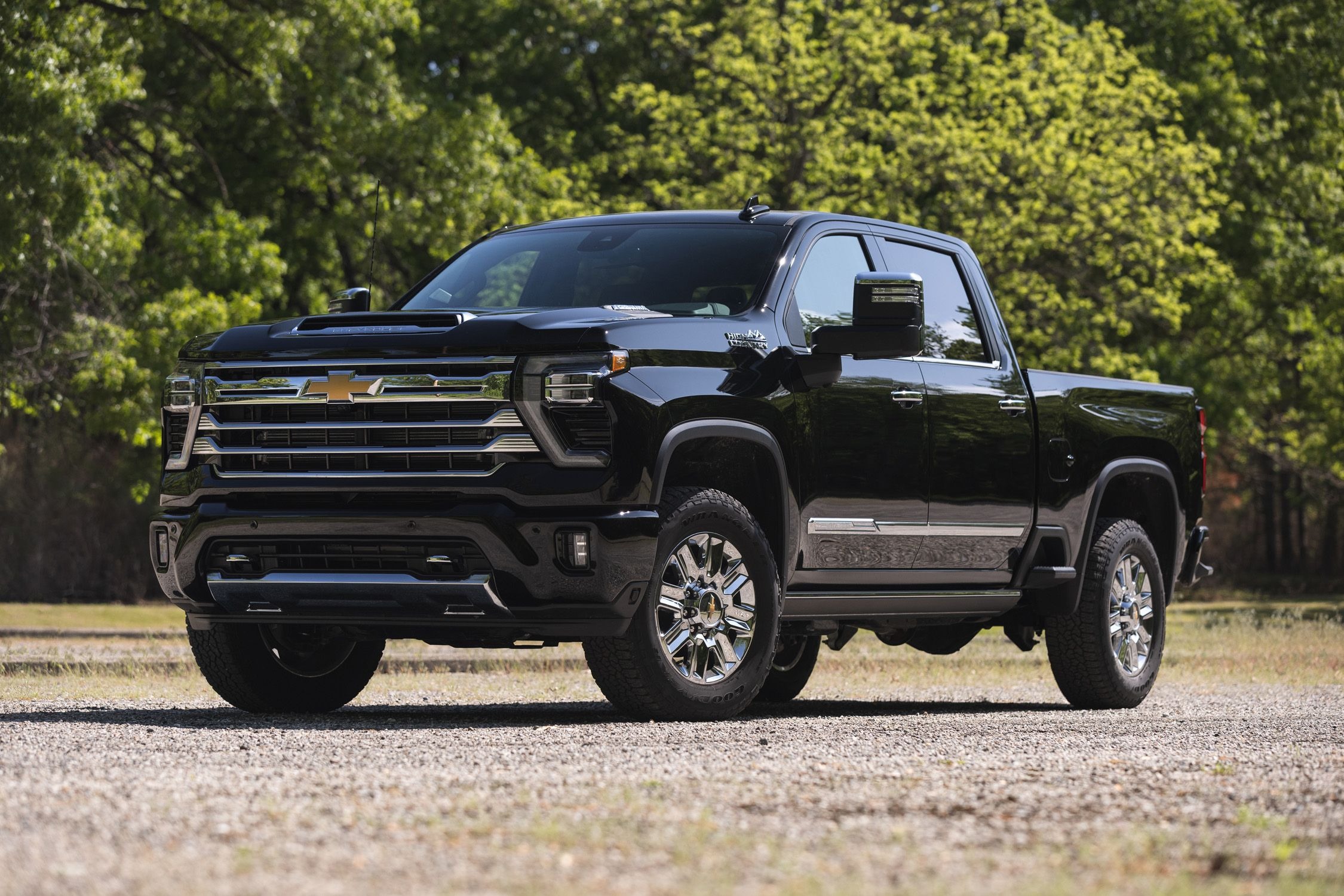
3. Chevrolet Silverado 2500HD
Chevrolet’s Silverado 2500HD remains one of the top contenders in the heavy-duty truck category. Designed with work performance in mind, this truck combines power, durability, and practical add-ons like an engine block heater.
When ordered with the 6.6-litre Duramax turbo diesel engine, the truck includes a factory-installed engine block heater that prepares the engine for early morning starts in low-temperature conditions.
Diesel engines tend to be harder to start when the weather is freezing because they rely on high compression to ignite fuel. The engine block heater steps in by pre-warming the engine coolant, which helps bring the entire block closer to operating temperature. This greatly improves start times and reduces the pressure on the starter motor and battery.
Silverado 2500HD owners will appreciate that this system is easy to use. The plug is positioned for quick access, and once connected to a household outlet, the heater activates automatically.
It is designed to work efficiently without consuming too much electricity. Within a few hours of plugging in, the engine is in better condition to start reliably, which is crucial for people who live in cold climate regions or must be on the road early.
The heater also helps reduce fuel waste during warm-up. Without it, the engine would need to run longer to reach optimal temperature, burning more fuel in the process. With a pre-heated block, combustion becomes efficient faster, which saves fuel and cuts down emissions.
This combination of engineering and reliability gives the Silverado 2500HD a strong edge for winter use. Whether for personal use or part of a commercial fleet, this truck ensures that drivers can get moving without long delays or mechanical problems linked to freezing temperatures.
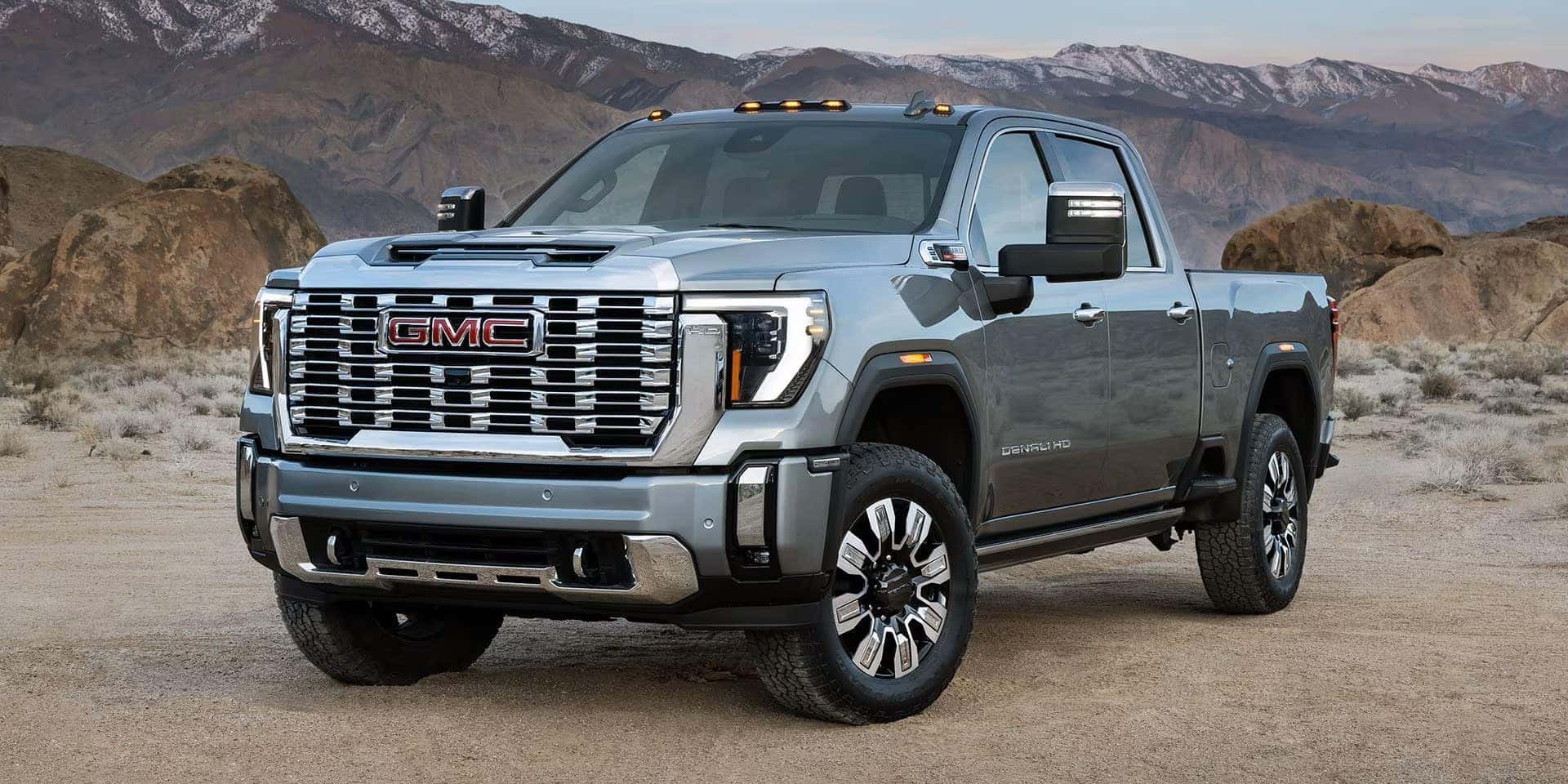
4. GMC Sierra 2500HD
The GMC Sierra 2500HD brings luxury and strength together in one heavy-duty package. While its stylish design and high-end interior attract many buyers, this truck also offers cold-weather performance thanks to its standard engine block heater on diesel models.
Powered by the 6.6-litre Duramax diesel V8, the Sierra 2500HD is built to deliver high torque and resilience, but like most diesel engines, it faces challenges during cold starts.
This truck addresses that issue through a factory-installed engine block heater that warms the coolant, which then keeps the engine block closer to starting temperature.
This simple feature can prevent the engine from freezing and makes it easier for fuel combustion to begin as soon as the key turns. Starting becomes faster, smoother, and more reliable, even when outdoor temperatures are well below zero.
The heater is powered through a power cord that connects to a regular outlet. Owners can leave the truck plugged in overnight or for a few hours before they plan to drive. The difference is noticeable immediately, with the engine cranking effortlessly and stabilising idle much quicker than a non-heated diesel.
One more benefit of using the heater regularly is that it prolongs the life of engine parts. Cold starts without pre-heating expose the engine to wear since oil may not circulate properly at first. With the heater in place, lubrication starts faster, helping protect pistons, cylinders, and valves.
For drivers who value comfort, the cabin warms faster, which is appreciated during frosty mornings. The climate control system gets to work more quickly, and defrosting becomes easier.
For those who live or work in snowy areas, the GMC Sierra 2500HD offers a dependable option. Its engine block heater, combined with its tough build and smooth ride, makes it one of the more complete packages for cold-weather use.
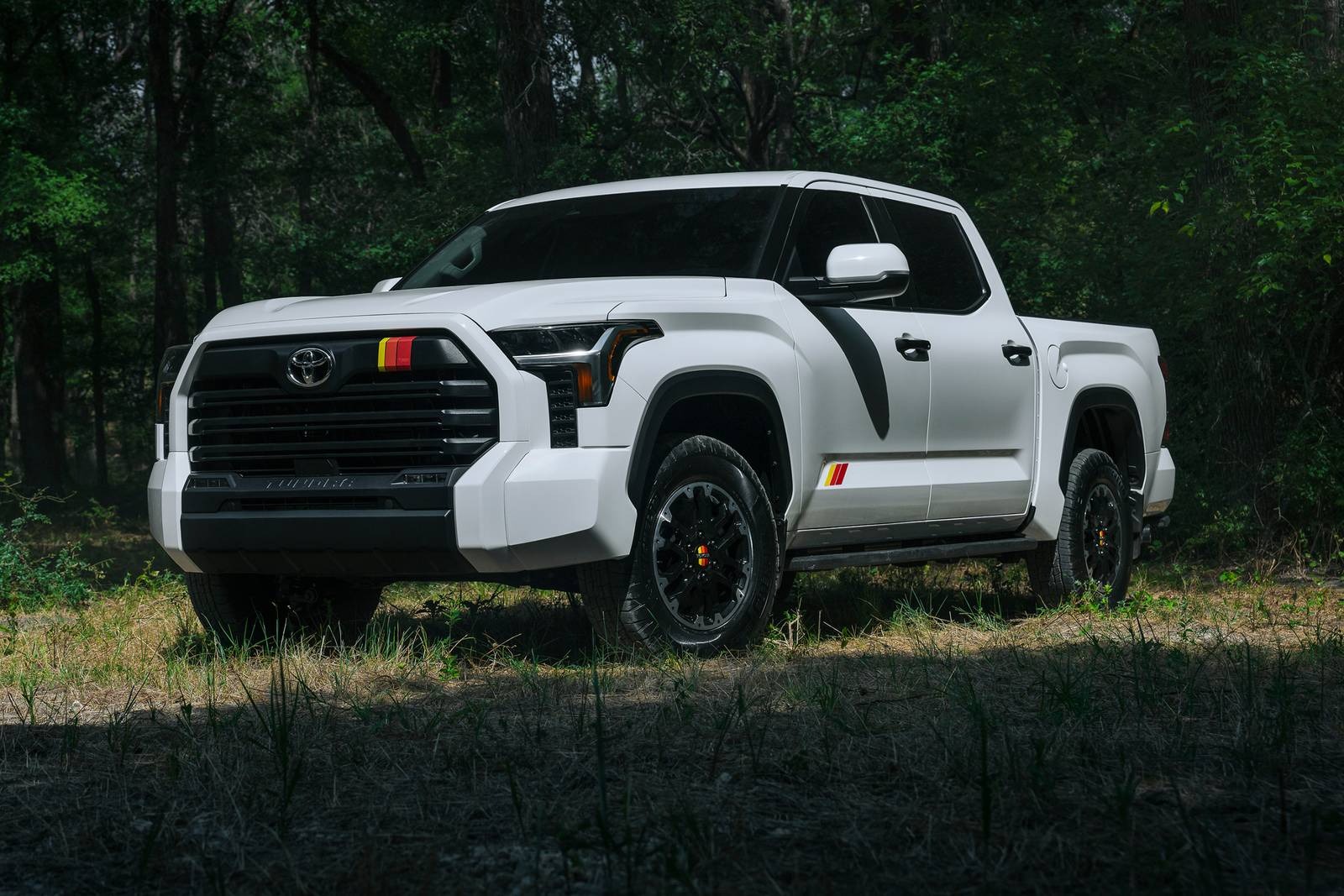
5. Toyota Tundra
Toyota’s Tundra full-size pickup is known for its dependability and long service life. Though many associate Toyota with lighter trucks, the Tundra holds its own in harsh conditions. One of its features that supports cold starts is the availability of an engine block heater, especially useful in regions with freezing winters.
When equipped with the 3.5-litre twin-turbo V6 or the i-FORCE MAX hybrid powertrain, the Tundra offers solid performance. The engine block heater helps by keeping the engine coolant warm, which reduces the time needed to start the engine in cold conditions.
This system works by plugging into a power source using a simple external cord. It is user-friendly and requires no special installation after purchase when ordered with the right package.
Drivers who use the Tundra in freezing environments will benefit from reduced wear during start-up. Cold engines are known to suffer higher wear rates because thick oil may take time to circulate. The block heater ensures faster oil movement and proper lubrication from the start. This improves engine health and reduces repair needs as time goes on.
The system also cuts down on fuel consumption during warm-up. Since the engine reaches optimal temperature faster, less fuel is wasted on idle warming. The cabin reaches a comfortable temperature more quickly, too, which makes morning drives easier during the winter months.
Toyota’s focus on function and reliability is clear in this feature. By including a block heater, the Tundra becomes more suitable for use across varied climates. While it may not be as large as some American heavy-duty trucks, it still brings dependable cold-start performance, making it a strong pick for buyers who need consistent reliability in winter conditions.
Trucks Without Cold-Start Support
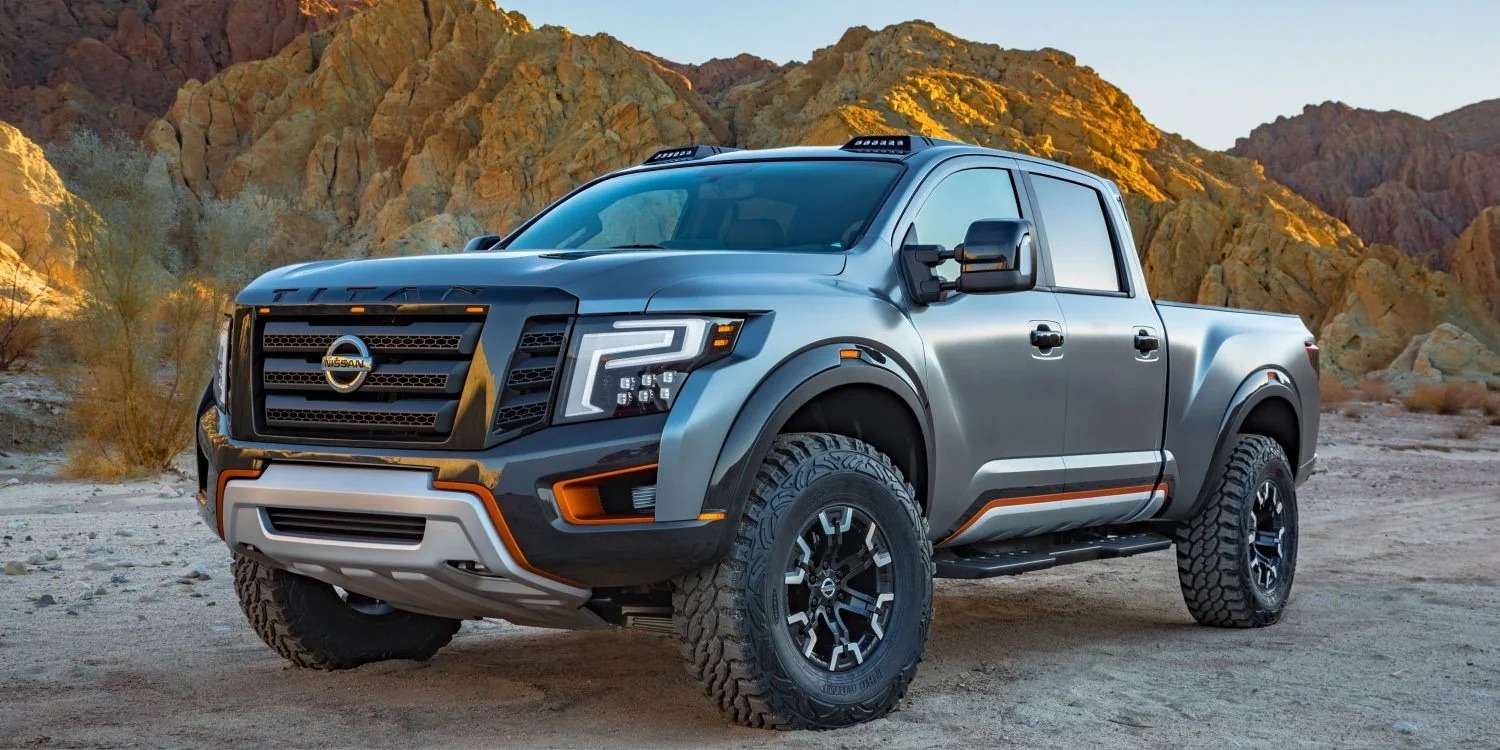
1. Nissan Titan
The Nissan Titan is a full-size truck designed to offer a mix of power and comfort. It comes with a 5.6-litre V8 engine that delivers strong acceleration and towing performance.
However, one limitation becomes clear when used in cold climates: the Titan does not include a factory-installed engine block heater. This can pose a challenge during extremely low temperatures, where engine oil thickens and batteries lose power, making it harder to start the engine efficiently.
Drivers who live in regions with harsh winters may notice that the Titan takes longer to start or idles roughly during the first few minutes after ignition.
Without a heater to keep the engine warm overnight, cold starts put extra stress on components like the starter motor and alternator. In areas with consistent sub-zero temperatures, this can affect long-term durability.
Although aftermarket solutions exist for adding a heater, many buyers prefer factory support for peace of mind. Nissan’s omission of a built-in engine warming system means owners need to be proactive about battery care and may need to store their truck in a heated garage or use synthetic oils that flow better in the cold.
The cabin also warms up more slowly compared to trucks with engine block heaters, which affects comfort during morning commutes. Since the engine takes longer to reach operating temperature, the heating system and defroster may not function effectively at first. That can lead to fogged windows and a chilly driving experience until the engine gets warm enough to support these features.
The Titan performs well in mild weather and can handle rough terrain easily, but it’s not the best option for people who drive regularly in places where temperatures dip far below freezing. Its lack of cold-start support makes it less practical for year-round utility in areas like Minnesota or North Dakota.
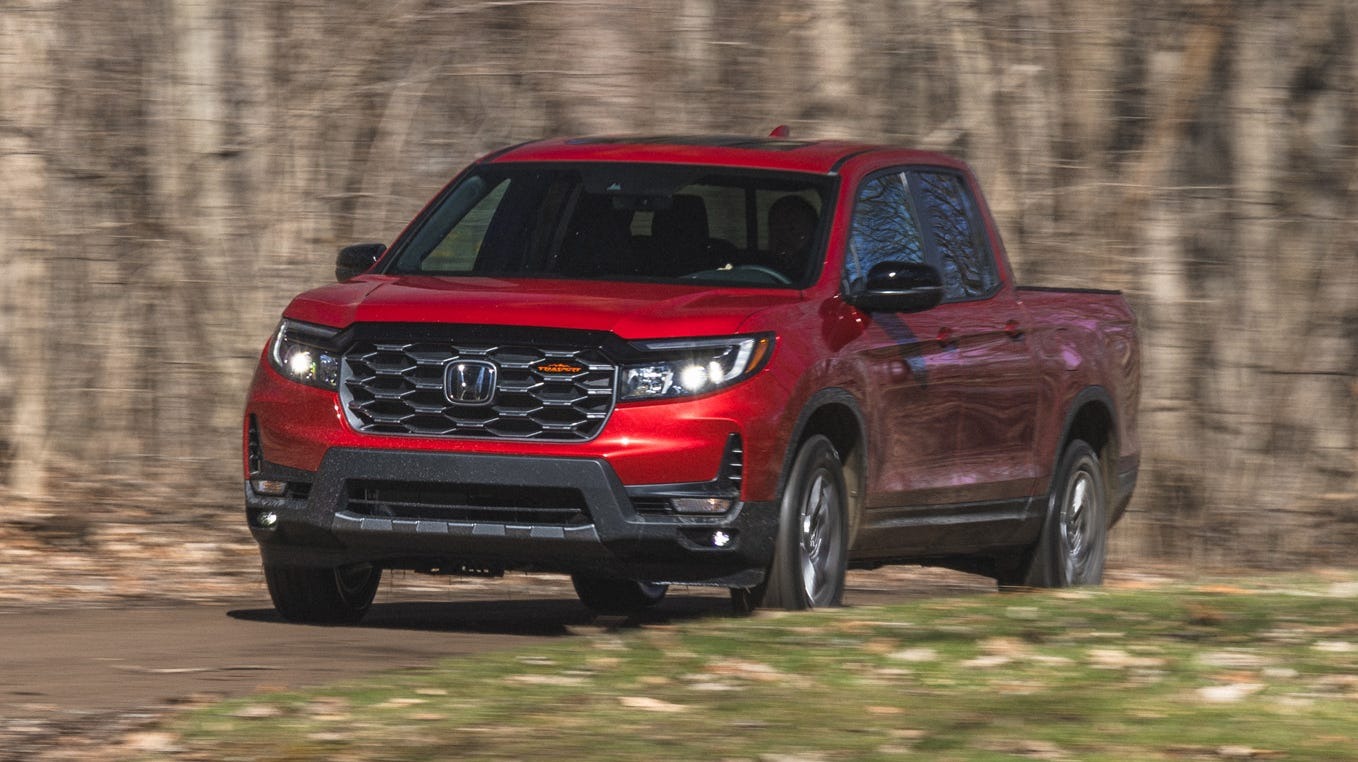
2. Honda Ridgeline
The Honda Ridgeline stands out among pickups for its unibody construction and car-like comfort. Powered by a 3.5-litre V6 engine, the Ridgeline delivers reliable city and highway driving performance.
However, it lacks a factory-installed engine block heater. This limits its readiness for extremely cold starts, which are common in northern states during winter. Without an engine block heater, the Ridgeline relies entirely on the strength of its battery and starter motor during icy mornings.
Thickened oil and colder engine components make starting the vehicle more difficult, and the engine may run rough for a few minutes after ignition. While Honda builds engines known for dependability, the absence of a heater means winter use requires extra precautions.
Synthetic oil can help, as it flows better in cold weather than conventional oil, but it is not a substitute for having a warm engine block. If parked outside overnight in freezing temperatures, the Ridgeline may not start as quickly, and the battery could drain faster. Drivers may need to use auxiliary battery chargers or jump-start equipment during extremely cold spells.
The cabin heating system also takes longer to become effective. Because the engine warms up more slowly, the climate control unit cannot blow warm air quickly. That leads to discomfort for the driver and passengers, particularly during early morning starts when fast heating is preferred.
This truck is ideal for warmer regions or places where winters are short and mild. For buyers in colder zones, the lack of cold-start support makes the Ridgeline a less suitable choice during snowy months. While it offers excellent comfort and smooth handling, its performance during deep winter remains a weakness due to the missing engine block heater.
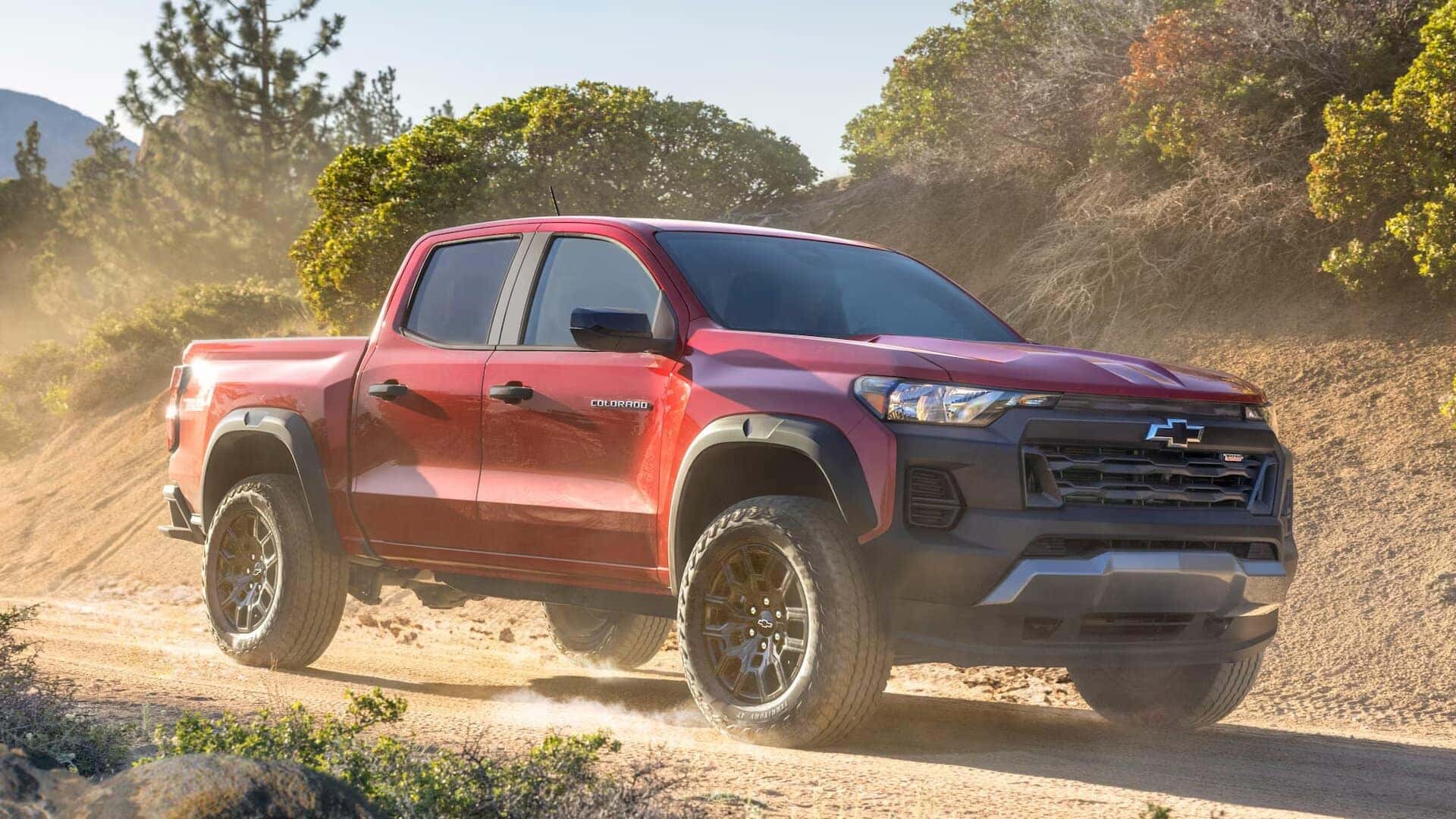
3. Chevrolet Colorado
The Chevrolet Colorado is a midsize truck designed for people who need everyday utility with some off-road capability. While it’s available in several trims and comes with different engine options, including a 2.7-litre turbo engine and a 3.6-litre V6 in older models, none of the standard versions include a factory-installed engine block heater.
That means Colorado doesn’t offer added help for cold starts. When the temperature drops far below freezing, starting the engine becomes more difficult. The oil inside the engine thickens, battery performance drops, and combustion efficiency decreases.
All of this puts extra strain on the engine and electrical components during start-up. Without a heater to warm the engine in advance, those problems become more noticeable in cold climates.
Owners who park outdoors in winter must deal with slower starts, and in extreme cases, failed starts altogether. This becomes a serious issue for people who rely on their trucks for early morning work or remote travel during winter.
While the Colorado performs well in warmer climates or during spring and summer months, its lack of engine warming support can affect performance when snow and ice arrive.
The vehicle may also experience more emissions on cold starts, since the engine requires more time to reach optimal operating temperature. This affects both fuel efficiency and the comfort of passengers who wait longer for the cabin to warm up.
Chevrolet does offer an aftermarket block heater kit, but this requires extra cost and installation. Buyers who want a plug-and-play solution may find this inconvenient.
For those living in southern states or urban areas with mild winters, the Colorado remains a practical and efficient truck. However, for drivers in regions where freezing temperatures are frequent, the absence of an engine block heater limits the truck’s cold-weather readiness.
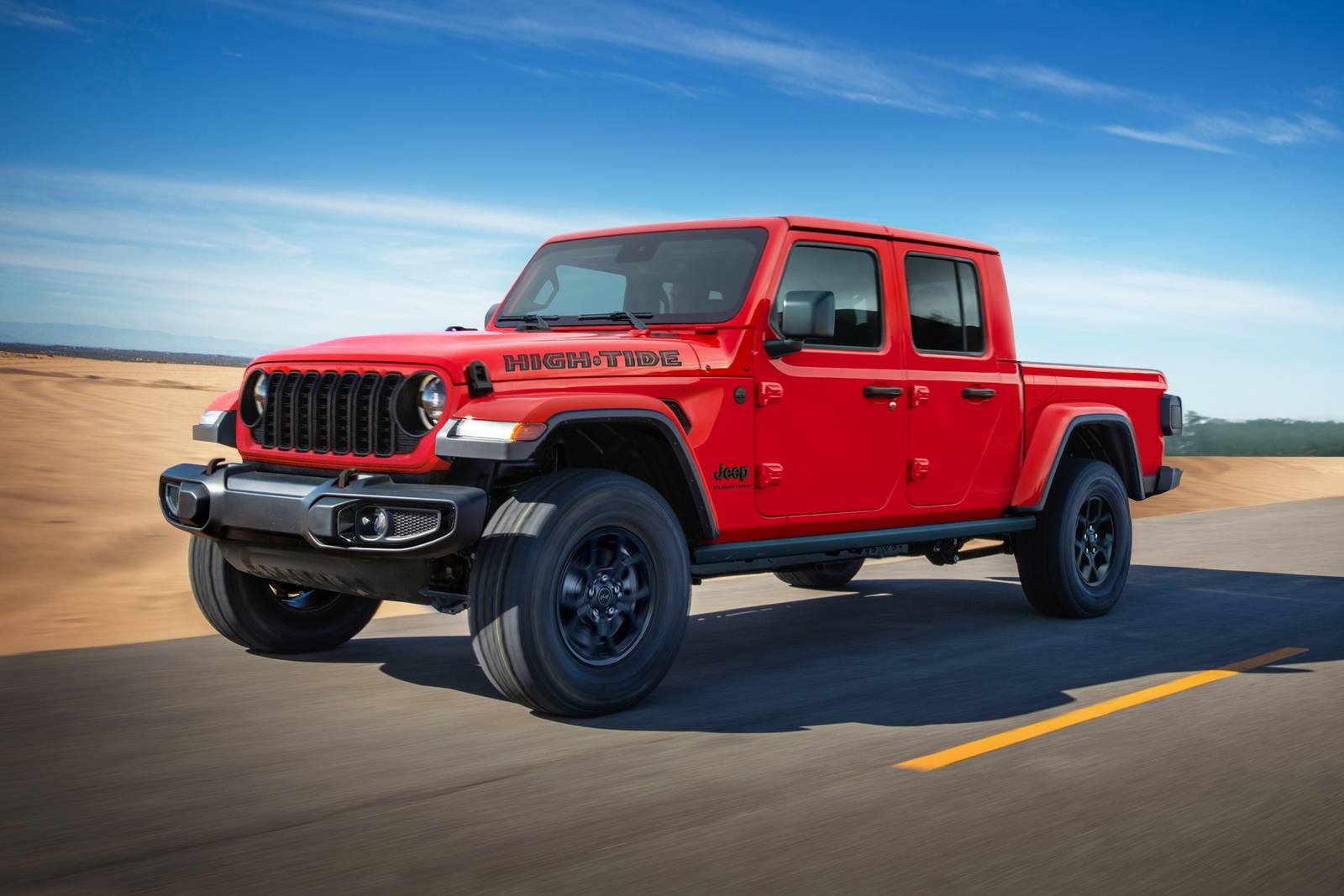
4. Jeep Gladiator
The Jeep Gladiator combines pickup truck utility with Jeep’s off-road DNA. Built on a similar platform to the Wrangler, the Gladiator uses a 3.6-litre V6 petrol engine or a 3.0-litre EcoDiesel engine, depending on the variant.
Although diesel engines usually benefit from block heaters, the Gladiator does not include a standard engine block heater, even on diesel trims. This affects how well the vehicle copes with cold conditions.
Drivers who frequently park outside in snow or freezing rain may notice that starting the engine takes longer and the idle sounds rough during the first few minutes.
In some cases, the truck may struggle to start at all if the battery is weak or the oil is too thick. These issues are even more pronounced in the diesel variant, which naturally has a harder time with cold starts compared to petrol engines.
The lack of pre-heating support also affects interior comfort. The climate system in the Gladiator relies on the engine warming up before it can blow warm air. In very cold weather, this might take more time than expected. Drivers and passengers must sit through several minutes of discomfort before the heat and defrost features become effective.
Jeep does allow buyers to install a heater as an accessory, but this is not standard or included in most trim levels. As such, many owners may not even realise they need one until the cold weather begins to affect performance. For areas like Alaska, northern Michigan, or Vermont, this becomes a serious limitation.
For off-road driving and summer adventures, the Gladiator excels. But without cold-start support, it is not the best choice for winter reliability. Owners may need to prepare with battery warmers or garage storage if they want to avoid cold start issues entirely.
Also Read: 5 Cars with Lifetime Coil Packs vs 5 with Packs That Misfire
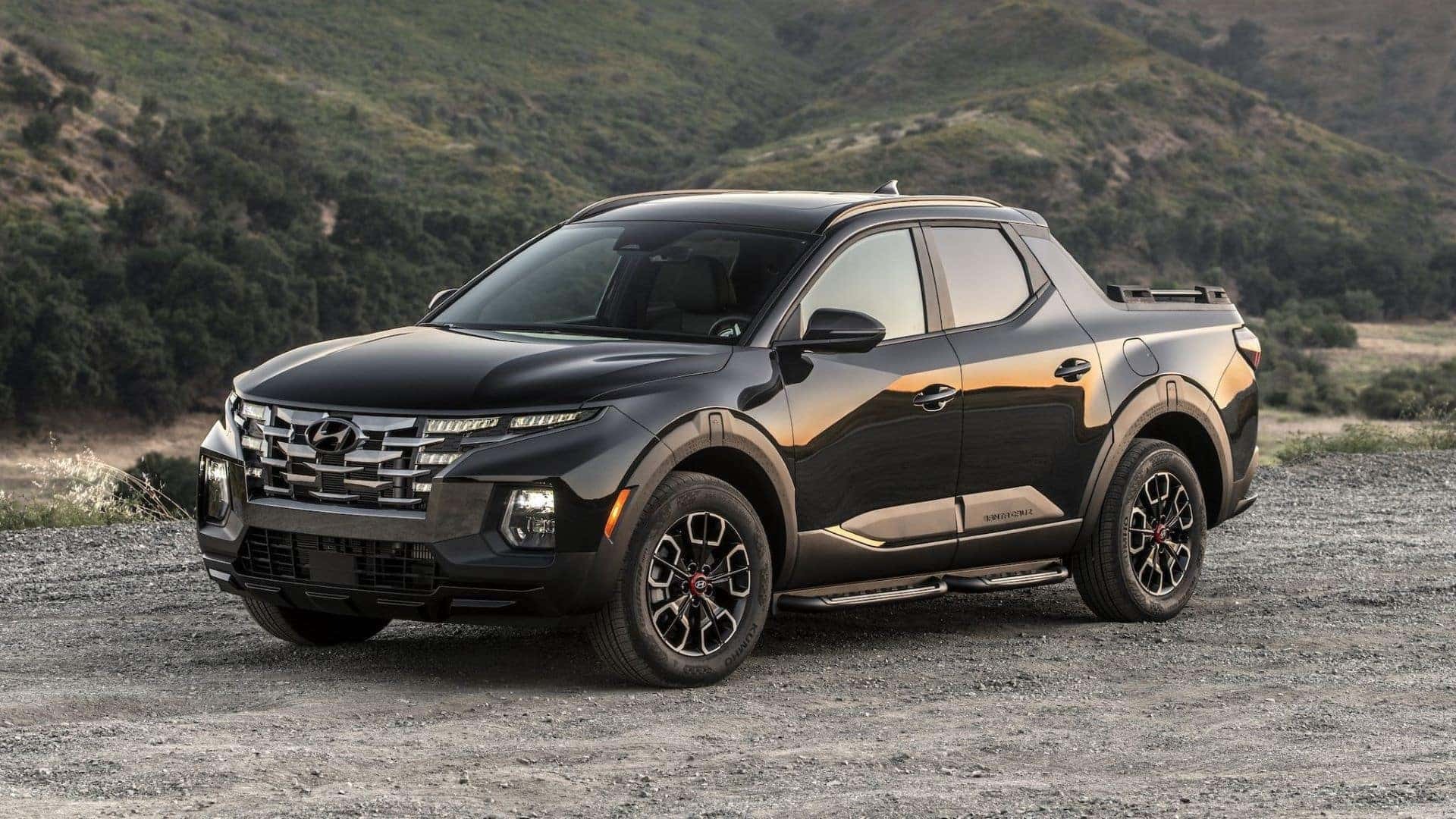
5. Hyundai Santa Cruz
The Hyundai Santa Cruz is a compact pickup with a focus on daily driving comfort and light-duty hauling. Based on a crossover platform, it shares more in common with SUVs than traditional trucks.
Under the hood, it comes with a 2.5-litre four-cylinder engine in either naturally aspirated or turbocharged form. While this engine works efficiently across seasons, the Santa Cruz does not include an engine block heater, making it vulnerable to cold start challenges.
Smaller engines like the one in the Santa Cruz may start a bit easier than diesel engines in winter, but that does not mean they are immune to the effects of freezing temperatures.
When the weather becomes very cold, the engine requires more power to crank, and thick oil makes movement sluggish. Without a heater to reduce this resistance, the vehicle takes longer to start and warms up more slowly.
Hyundai does not offer a block heater as a standard item, and many dealers only install it on request. For drivers who live in areas where snowfall is rare, this may not be a concern. However, for those in colder parts of the United States, the missing cold-start feature reduces peace of mind during long winter stretches.
There is also a noticeable delay in heating the interior. Since the Santa Cruz relies on the engine’s temperature to run the climate control system, the cabin may remain cold longer than expected. This is inconvenient during early morning departures or after leaving the truck parked outside overnight.
The Santa Cruz is a stylish and efficient truck for light usage and urban driving. Its size, features, and fuel economy make it attractive to buyers who do not require full-size towing or payload capacity. Still, for those who need a winter-ready pickup, its lack of a standard engine block heater limits how well it performs during snow and ice seasons.
Comparing trucks with built-in engine block heaters to those without shows the impact of cold-weather features on daily performance. The five trucks with heaters, Ford F-250, Ram 2500, Chevrolet Silverado 2500HD, GMC Sierra 2500HD, and Toyota Tundra, provide extra assurance in freezing climates.
They reduce engine wear, improve start-up times, and allow drivers to stay comfortable without long delays in heating. Trucks like the Nissan Titan, Honda Ridgeline, Chevrolet Colorado, Jeep Gladiator, and Hyundai Santa Cruz do not come equipped with cold-start support by default.
While some of these models offer optional or aftermarket heaters, they are not standard. For drivers in colder states, this could mean slower starts, increased fuel use, and greater engine strain during winter months.
Before choosing a truck, buyers should consider where they plan to drive most often. In locations with heavy snowfall and long, cold seasons, having an engine block heater can make a major difference. In warmer states, this feature might not be necessary.
Matching truck features with driving conditions ensures better performance, reduced maintenance, and a more reliable driving experience regardless of the season.

